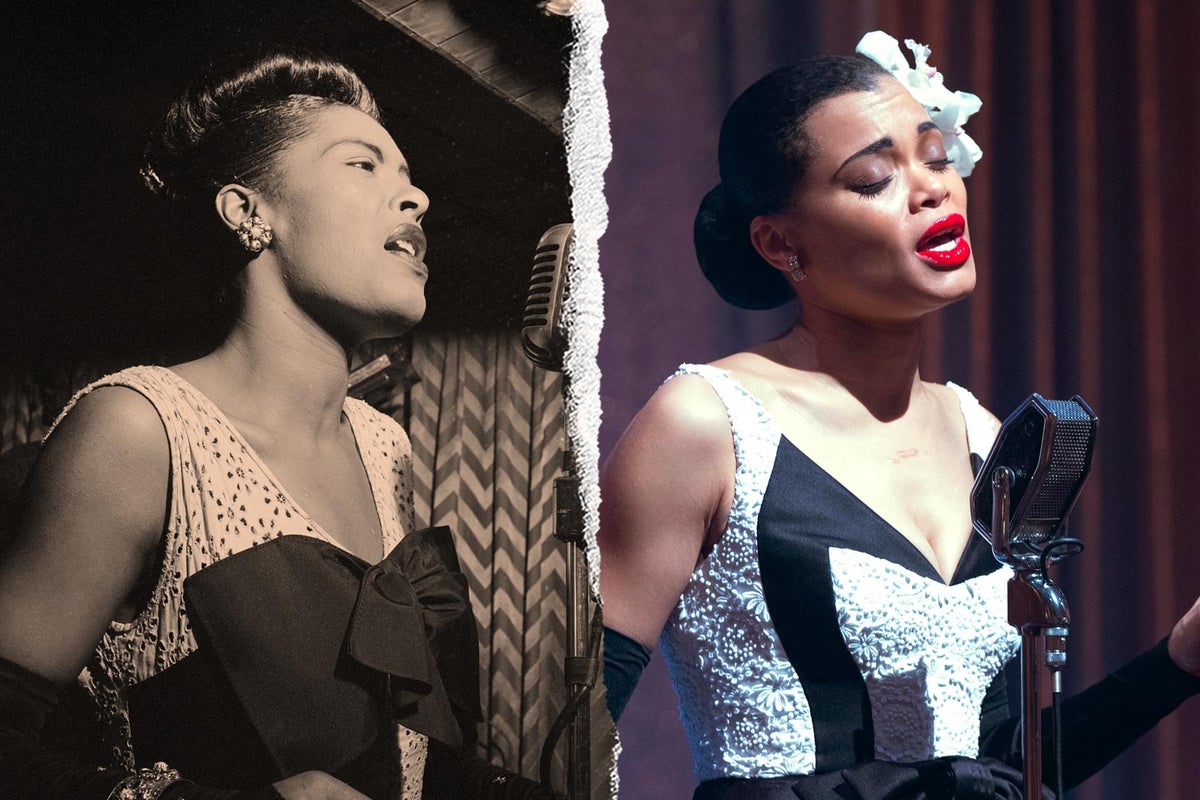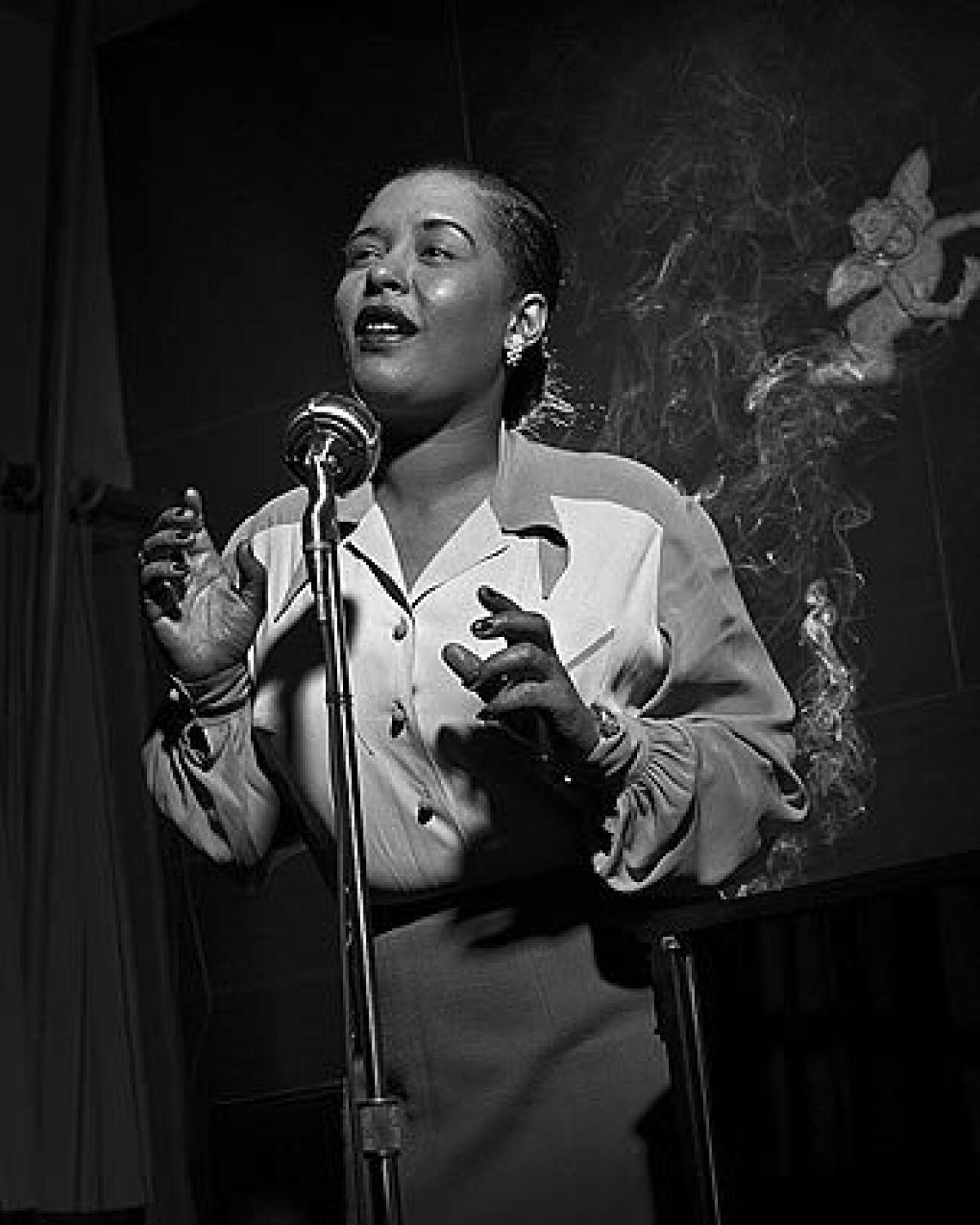Billie Holiday

Billie Holiday continued to face personal and legal challenges throughout the 1950s. Her struggles with drug addiction persisted, impacting her health and personal relationships. Despite these challenges, her performances continued to captivate audiences. In 1952, she married Louis McKay, but the marriage was troubled, marked by domestic violence and legal issues.
During the early 1950s, Billie Holiday faced increasing scrutiny from law enforcement regarding her drug use. She was arrested several times, leading to fines, probation, and temporary imprisonment. The legal troubles further complicated her ability to secure a cabaret card, restricting her from performing in New York City clubs where she could earn a significant income.

In 1954, she released her autobiography, "Lady Sings the Blues," co-authored by William Dufty. The book offered insights into her life, struggles, and the challenging journey from her early years to her rise in the music industry. However, some parts of the autobiography were later criticized for inaccuracies.
Despite her personal struggles, Billie Holiday's artistry continued to shine in her recordings. In 1954, she recorded the album "Billie Holiday Sings" for Norman Granz's Verve label, showcasing her distinctive voice and emotional depth. The album included classics like "Lover Man" and "Don't Explain."

In the latter part of the 1950s, Holiday's health began to decline significantly. Her voice, once powerful and clear, was affected by years of substance abuse and the hardships she faced. The emotional toll of her turbulent life was evident in her performances, with a raw and haunting quality that resonated with listeners.

Her last studio album, "Lady in Satin," was recorded in 1958 with the Ray Ellis Orchestra. The album featured a more orchestral approach, and her voice, altered by years of hardship, conveyed a sense of vulnerability and depth. While the album received mixed reviews upon its release, it has since been recognized as a poignant and significant part of her discography.
Billie Holiday's final public appearance was in 1959 at the Phoenix Theater in New York City. Her health had deteriorated significantly, but she continued to connect with her audience through her music. She passed away on July 17, 1959, at the age of 44, succumbing to complications from cirrhosis of the liver.

Billie Holiday's legacy endures through her influential contributions to jazz and her ability to convey deep emotion through her unique singing style. Posthumously, she has received numerous honors, including inductions into the Grammy Hall of Fame and the Rock & Roll Hall of Fame. Her impact on the world of music and her ability to transform personal pain into artistic expression continue to be celebrated and studied.
References;
- Ostendorf, May 1993, pp. 201–202.
- Rock & Roll Hall of Fame.
- "The 200 Greatest Singers of All Time". Rolling Stone. January 1, 2023. Retrieved August 19, 2023.
- Clarke, 2002, p. 9.
- "About Billie Holiday," 2002.
- "Billie Holiday Biography".
- O'Meally, 1991, p. 64.
- Dufour, 1999, pp. 40–42.
- Clarke, 2002, p. xiii.
- "Billie Holiday Biography". Biography. A&E Television Networks. April 2, 2014. Retrieved November 30, 2022. Sadie married Philip Gough in 1920...
- Nicholson, 1995, pp. 21–22.
- Nicholson, 1995, pp. 18–23.
- Ripatrazone, August 14, 2018.
- Nicholson, 1995, pp. 22–24.
- Nicholson, 1995, p. 25.
- Nicholson, 1995, p. 27.
- Eff, 2013, p. 63.
- Brothers, 2014, p. 298.
- Nicholson, 1995, p. 31.
- Holiday & Dufty, 1956, p. 13.
- Nicholson, 1995, pp. 35–37.
- Vail, 1996, p. 32.
- Nicholson, 1995, pp. 35–39.
- Nicholson, 1995, p. 39.
- Gourse, 2000, p. 73.
- Nicholson, 1995, p. 56.
- Bush, 2003, pp. 239–240.
- Nicholson, 1995, p. 65.
- Novaes, "The Composers".
- Gourse, 2000, pp. 73–74.
- Sheldon, 2011, pp. 334–350.
- Walker, November 2002.
- Nicholson, 1995, pp. 93–94.
- Novaes, "Live Songs," 1937.
- Gourse, 2000, p. 40.


















































